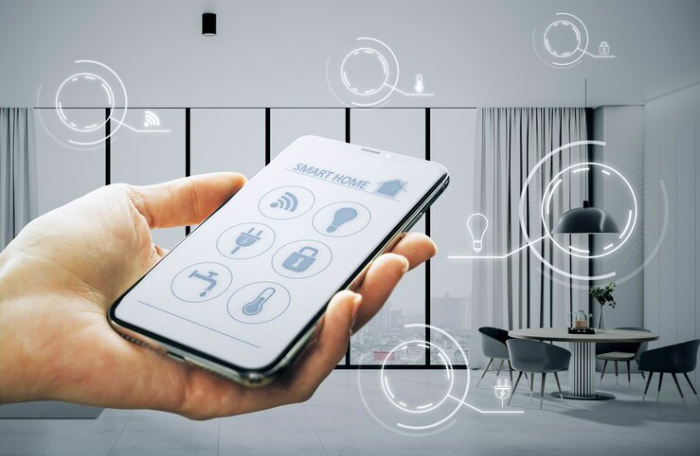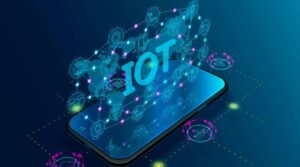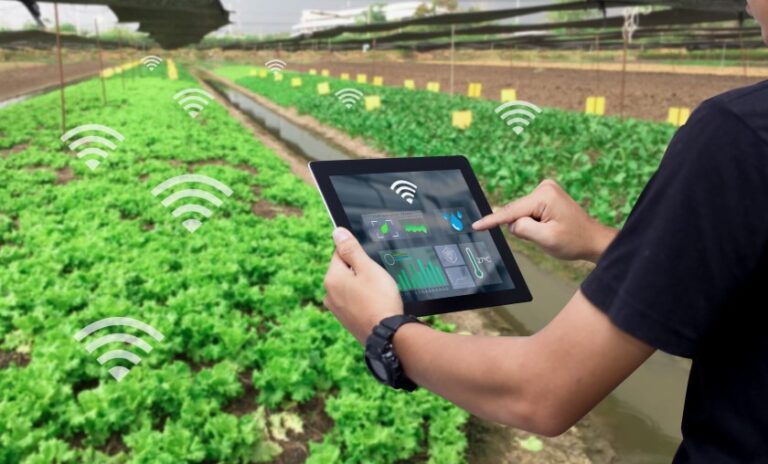How to Control IoT Devices
The Internet of Things (IoT) has transformed the way we interact with technology, connecting devices to create a seamless network of information and automation. As our homes and workplaces become smarter, the need for effective control over IoT devices becomes paramount.
Definition of IoT
The Internet of Things refers to the interconnectivity of devices through the internet, enabling them to collect and exchange data. These devices range from smart thermostats and lights to industrial sensors and healthcare equipment.
Proliferation of IoT Devices
The rapid growth of IoT devices has led to a diverse ecosystem, offering convenience and efficiency but also presenting challenges in managing and controlling these devices effectively.
Need for Controlling IoT Devices
Controlling IoT devices is essential for optimizing their functionality, ensuring security, and harnessing the full potential of connected systems.
Challenges in IoT Device Control

Security Concerns
- IoT devices are vulnerable to cyber threats, and controlling them is crucial to safeguard sensitive data and prevent unauthorized access.
Interoperability Issues
- With a multitude of manufacturers and communication protocols, ensuring seamless interaction among different IoT devices can be challenging.
User-Friendly Interfaces
- Many users find it challenging to control IoT devices due to complex interfaces, hindering widespread adoption.
Importance of Controlling IoT Devices
Enhanced Security
Effective control measures contribute to the security of Internet of Things , protecting against cyber threats and unauthorized access.
Energy Efficiency
Controlling IoT devices allows users to optimize energy consumption, promoting sustainability and cost savings.
Streamlined Automation
Centralized control facilitates efficient automation, enhancing the overall user experience and reducing manual interventions.
Methods for Controlling IoT Devices

Mobile Applications
- Mobile apps provide a convenient way to control IoT devices remotely, offering features like real-time monitoring and customization.
Voice Commands
- Voice-controlled interfaces enable hands-free control, adding convenience to managing IoT devices in daily life.
Centralized Hubs
- Central hubs or controllers act as command centers, allowing users to manage multiple IoT devices from a single interface.
Security Measures in IoT Device Control
Encryption Techniques
Implementing robust encryption ensures secure communication between Internet of Things, safeguarding sensitive data.
Regular Firmware Updates
Keeping device firmware up to date is crucial for addressing vulnerabilities and improving overall security.
Network Segmentation
Segregating IoT devices into distinct networks prevents potential security breaches, limiting unauthorized access.
Interoperability Solutions

Standardization Efforts
- Industry-wide standardization initiatives aim to create a unified framework for IoT devices, promoting interoperability.
IoT Platforms
- Integrated IoT platforms provide a cohesive environment for diverse devices to communicate and work together seamlessly.
API Integration
- Application Programming Interface (API) integration enables different devices to interact with each other, overcoming interoperability challenges.
User-Friendly Interfaces
Intuitive Design
Designing user interfaces with simplicity and intuitiveness enhances user experience, making Internet of Things control accessible to all.
Responsive Controls
Ensuring responsive controls contribute to the seamless operation of IoT devices, reducing frustration and improving usability.
Customization Options
Providing users with customization features allows them to tailor device controls to their specific needs and preferences.
Overcoming Perplexity in IoT Device Control

Simplified User Guides
- Clear and concise user guides help users understand and navigate the complexities of controlling their IoT devices.
Educational Initiatives
- Educational campaigns and training programs empower users with the knowledge to effectively control and manage their IoT devices.
Troubleshooting Support
- Offering robust troubleshooting support helps users address issues promptly, enhancing their confidence in controlling IoT devices.
The Future of IoT Device Control
Advancements in Technology
Ongoing technological advancements promise more sophisticated methods for controlling Internet of Things, enhancing efficiency and security.
Evolving Standards
Continued efforts in standardization will lead to more seamless interactions among diverse IoT devices, driving the industry forward.
Integration with AI
The integration of Artificial Intelligence (AI) will play a pivotal role in refining IoT device control, enabling adaptive and intelligent decision-making.
Case Studies

Successful IoT Device Control Implementations
- Examining instances of successful IoT device control implementations provides insights into best practices and strategies.
Lessons Learned from Failures
- Analyzing failures in IoT device control helps identify pitfalls to avoid and highlights areas for improvement in future implementations.
Industry Best Practices
- Understanding industry best practices guides users and developers in implementing effective IoT device control solutions.
Tips for Effective IoT Device Control
Regular Maintenance
Performing regular maintenance ensures the smooth operation of Internet of Things and prevents potential issues.
Network Optimization
Optimizing network infrastructure enhances the reliability and responsiveness of IoT device control.
Periodic Security Audits
Conducting periodic security audits helps identify vulnerabilities and ensures robust protection against cyber threats.
The Human Element in IoT Control

User Awareness
- Promoting user awareness about the benefits and risks of IoT devices fosters responsible and informed control practices.
User-Centric Design
- Designing IoT devices with the end-user in mind ensures that controls are intuitive, enhancing overall user satisfaction.
Social Implications
- Considering the broader social implications of IoT device control encourages responsible and ethical usage.
Final Thoughts:
Recap of Key Points
Controlling Internet of Things is vital for security, energy efficiency, and streamlined automation, with various methods and measures available to address challenges.
Emphasizing the Future of IoT Control
The future holds promising advancements and integration with AI, shaping a more intelligent and interconnected world of IoT devices.
FAQs
Enhance security by implementing encryption, regularly updating firmware, and segregating devices on distinct networks.
AI enhances IoT device control by enabling adaptive decision-making, predictive analysis, and overall intelligent automation.
Ongoing standardization efforts aim to create universal frameworks for seamless communication among diverse IoT devices.
Troubleshoot common issues through robust troubleshooting support, clear user guides, and educational initiatives.
Risks include security breaches, unauthorized access, energy inefficiency, and overall compromised user experience.




